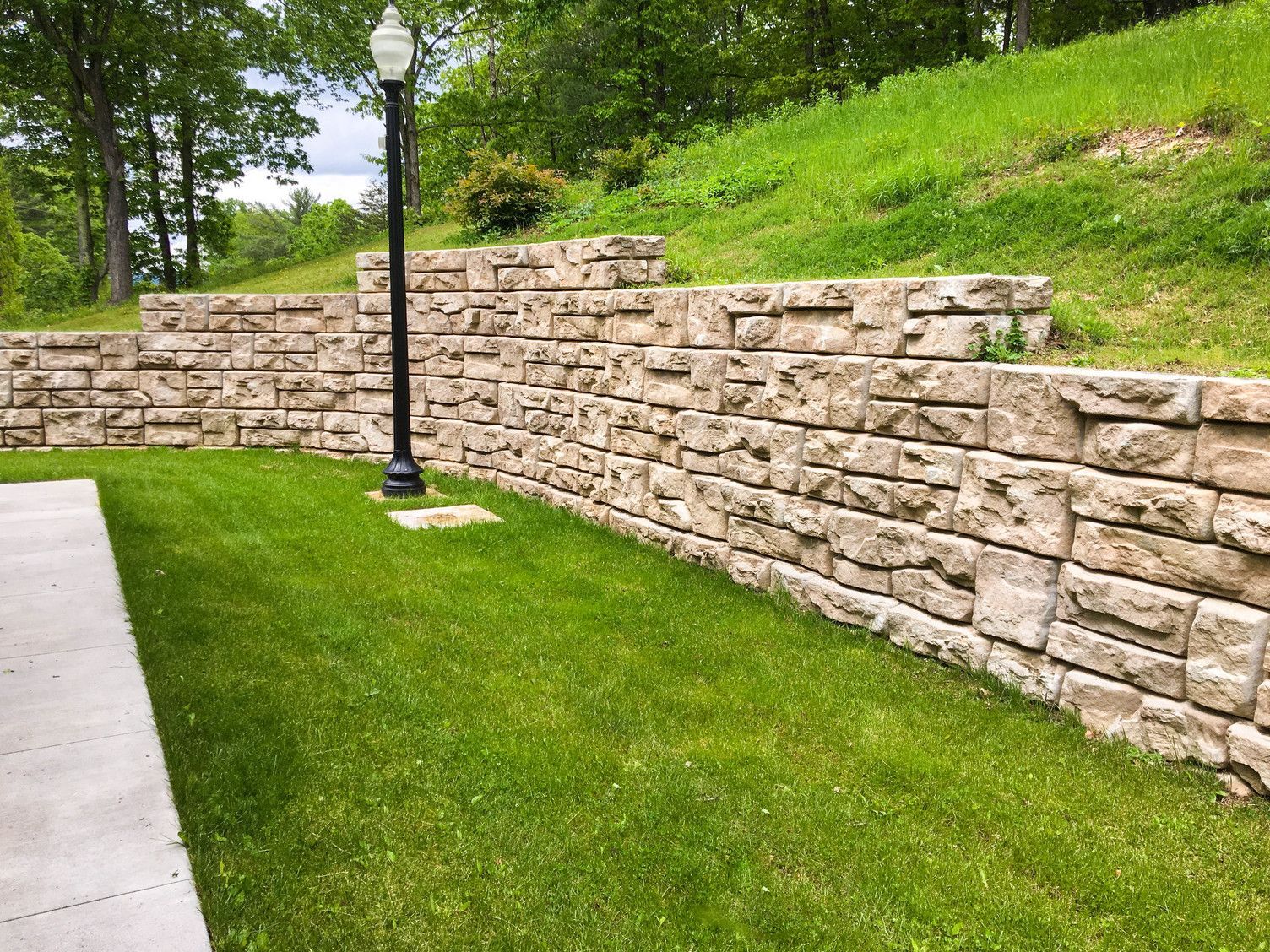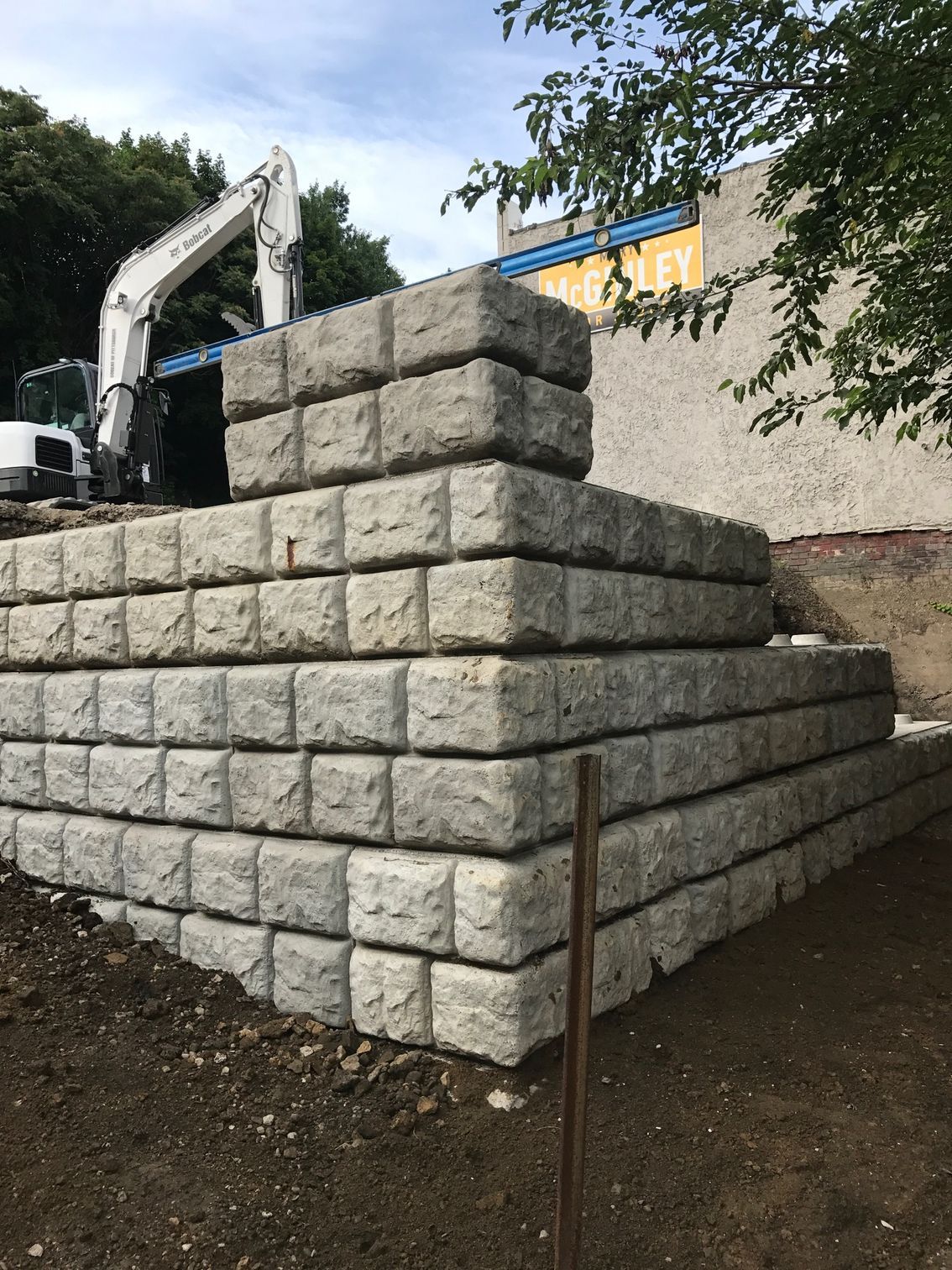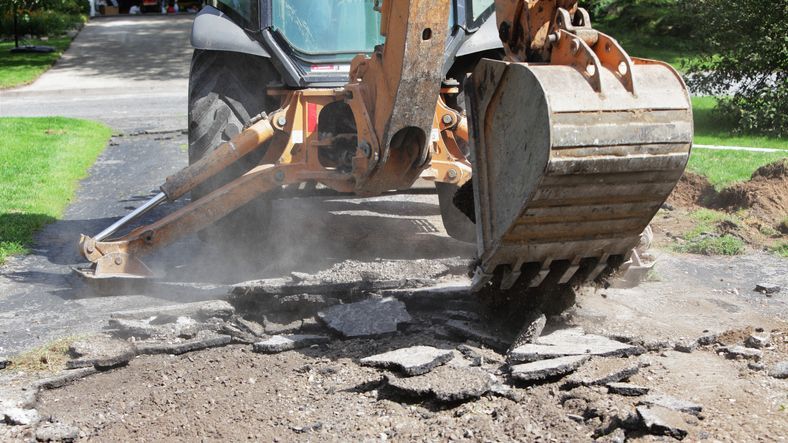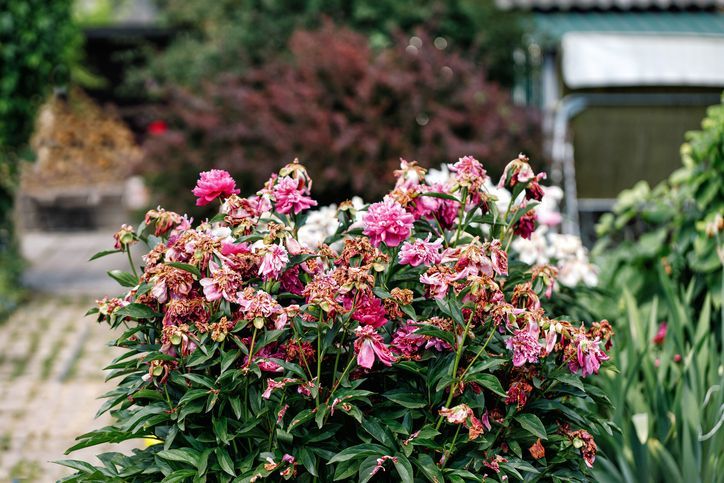How Can I Get Rid of Standing Water?
Tips for Getting Rid of Standing Water
Standing water is not only an annoyance, but it’s also a threat to the structural integrity of your home, your health, and your lawn. At J Bird’s Landscaping, we’ve put together a guide to help you get rid of standing water and protect your home and your family.
Dethatch Your Lawn
If you notice that your water is not soaking into the soil, which can be indicated by wilted turfgrass and puddles even with little watering. If your yard has thatch or compaction, it can cause your lawn to lose the ability to absorb water.
Thatch is when grass roots, stems, and leaves all build up into a tightly woven layer that sits between the grass blades and soil. With a healthy amount of thatch, your lawn will become more resilient, but excessive thatch will prevent it from properly absorbing water.
To tell if you need to dethatch, complete the following:
- Cut a small square of the lawn at six inches deep.
- Squeeze the spongy layer located above the soil and then take measurements
- If the section is more than a half-inch thick after it’s been squeezed, you will need to dethatch your lawn
When detaching, be sure to mow the grass first at half of its normal height. Using a dethatcher or a rake, you can then pull up the thatch.
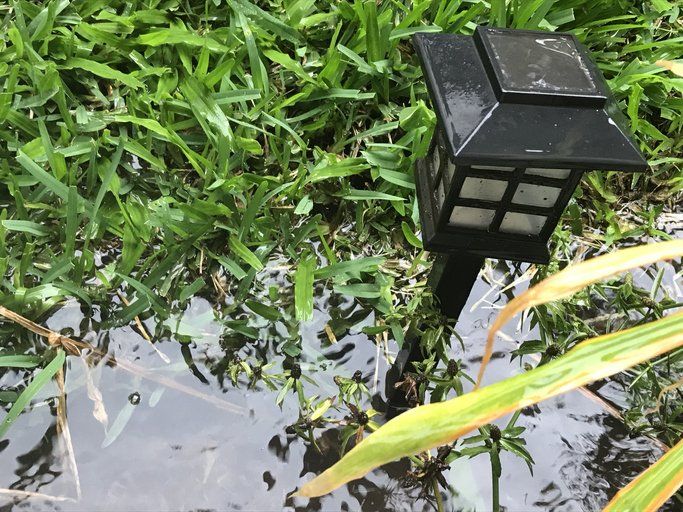 Aerate Your Lawn
Aerate Your Lawn
Once you’ve dethatched your lawn, it is likely time to aerate it. To determine if it is time to aerate, you want to cut a square foot section of your lawn out, down at least six inches deep. If your roots are less than two inches deep, you may have compacted soil that could benefit from aeration.
This process involves using a lawn aerator to make holes throughout the yard, four inches deep and two inches apart. You can also contact your local landscape company, J Bird’s Landscaping, to get the job done!
Don’t Overwater Your Lawn
If you are noticing puddles on your lawn and it hasn’t rained recently, then you may be overwatering your lawn. Whether you have a poor watering schedule, you’re not maintaining your sprinklers, or are using the wrong sprinkler system in your yard; there are several reasons your lawn could be improperly watered.
How often you water your grass will depend on the type of soil, type of grass, the season, and the average rainfall in the area. If you are overwatering your lawn, you may notice:
- Fungus – This appears like webbing, colored spots, or dead patches.
- An abundance of mushrooms or weeds
- Grass that is yellowing
Typically, an inch of water per week is sufficient for most lawns. But keep in mind that if it rains, it’s best to skip watering. Your lawn requires more water during the growing season and less water when it lays dormant.
Grasses active in the fall and spring include but are not limited to Kentucky bluegrass or ryegrasses. Bermuda grass and buffalograss are examples of warm-season grasses that are actively growing in the summer.
Rather than using an automated water schedule, we recommend that you take the time to observe your lawn over the course of a few weeks and only water it when it needs, such as when the leaves have wilted, browned, or curled. Keep track of how much you are watering, and then you can create your automated schedule.
You also need to make sure that your sprinkler is properly functioning. Take care of your system by cleaning the heads and filters and checking for any damaged heads. You also want to make they the heads are in a position where they can most effectively deliver water to your lawn.
Use Compost on Your Lawn
If you are still noticing puddles on your lawn, even after you’ve nailed down your watering schedule, then you may need to improve your soil. This can be done using compost. The type of soil in your lawn will determine how well the lawn drains. You will either have loam, sand, or clay.
Sand and loam allow water to pass through quickly. Clay, on the other hand, is not so easy for water to pass through. The water becomes trapped by the clay and causes puddles.
You can improve your lawn’s soil by adding compost to it and breaking up the clay. This will allow the water to move through more easily and help alleviate your drainage issues.
Install a Drainage System
If your lawn is not properly sloped or graded for drainage, it can cause issues such as standing water on the lawn. With a drainage system, you can create channels where the water can drain to the appropriate place, like with a french drain.
A french drain is a trench that is dug down around the foundation of your home and is filled with gravel with a perforated pipe. It is installed to run from your lowest point to an exit point that will direct the water away from home and to the proper drainage.
A dry well can also be installed to alleviate drainage problems. This is a hole that is dug down deep and filled with rocks. Water drains into the well, into the rocks, and down into the soil. This can be used as an endpoint for a french drain or a downspout.\
How Does Standing Water Impact Your Home?
What Causes Standing Water?
- Overwatering/improper watering
- Soil issues
- Low spots on your property that collect water
How Does Standing Water Affect My Home?
How Does Standing Water Affect My Lawn?
Ways that Standing Water Can Impact You and Your Family
Have Issues with Standing Water? Contact J Bird’s Landscaping Today!
French Drain Installation in the South Hills
Call J Bird’s Landscaping today to learn more about our drainage solutions to help you alleviate your soggy yard!
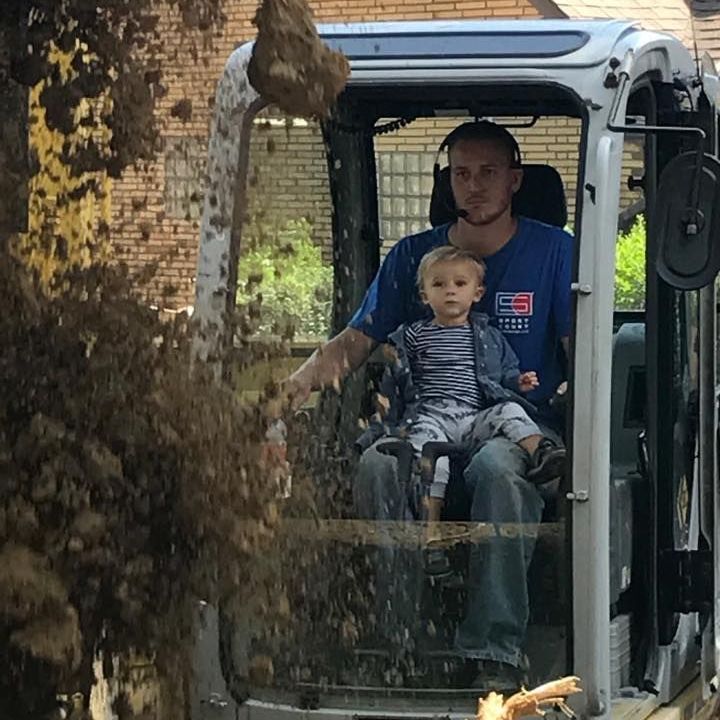
Author: Jay Nagy
Owner & Founded of J Bird's Landscaping. 18+ Years of experience in Pittsburgh lawn cutting, patio installation, trucking/hauling, French drain installation, and other landscape/design services.
More Posts from J Bird's Landscaping
Contact
Canonsburg – Mt Lebenon – Upper St. Clair – Greentree – Bridgeville – Pittsburgh – Wexford – Sewickley – Moon – Coraopolis – Franklin Park – Schaler – Imperial – Oakdale – McMurry
Washington – Baldwin – Jefferson Hills – Pleasant Hills - South Hills



